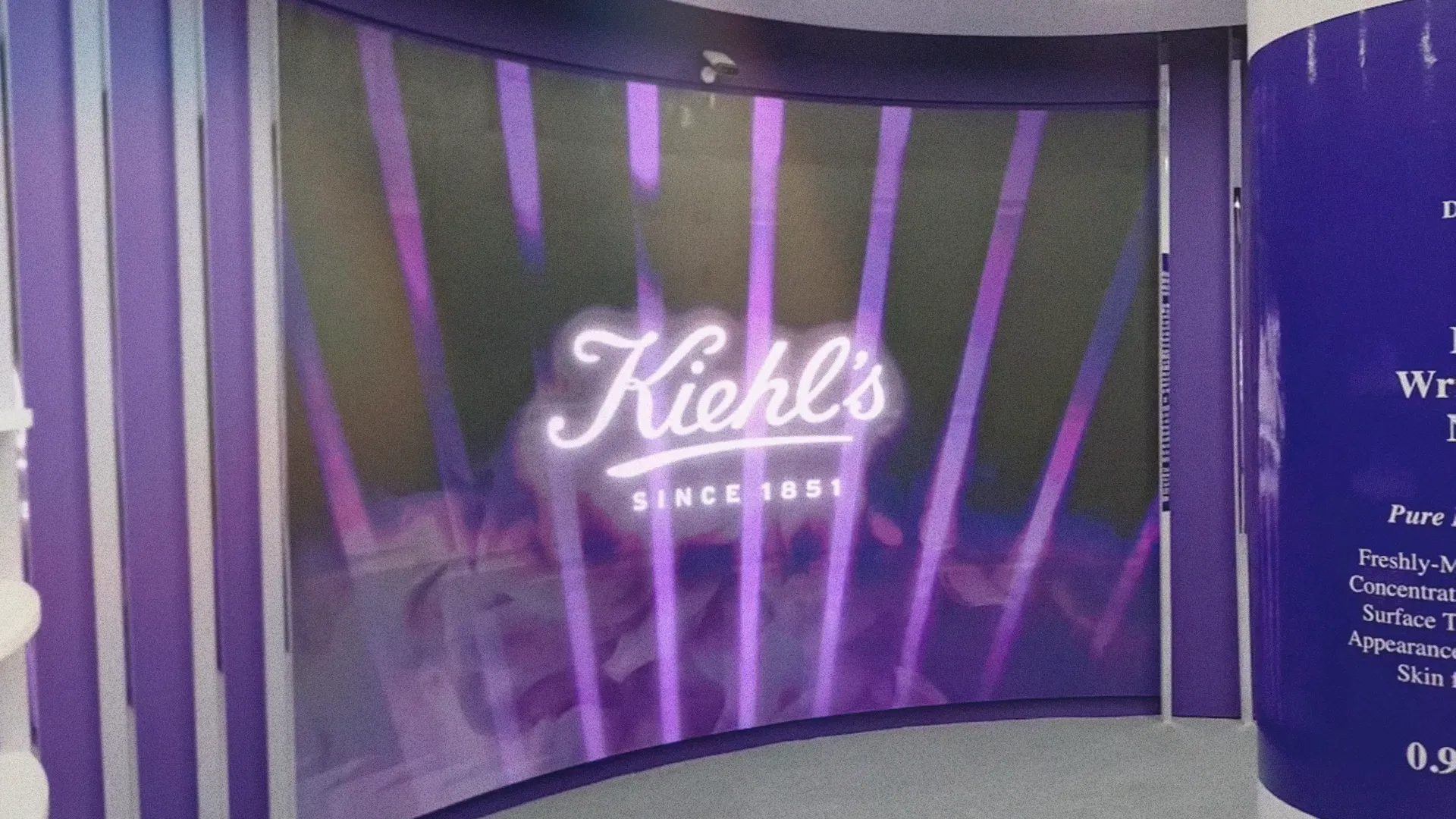Let’s be honest. We’re all a little bit numb to traditional advertising. A banner ad? Ignored. A 30-second TV spot? Fast-forwarded. That glossy magazine spread? It’s, well, just more paper. The old model of shouting your brand’s message into the void and hoping someone listens is, frankly, breaking down.
So, what’s the alternative? How do you cut through the noise and make people actually feel something about your brand?
You create an experience. Not just any experience, but an interactive and immersive one. You pull your audience off the sidelines and put them right in the center of the story. It’s the difference between telling someone about a concert and handing them a backstage pass. The memory—and the emotional connection—sticks.
Why “Interactive” is More Than Just a Buzzword
Think about the last time you truly engaged with a brand. It probably wasn’t when you read their “About Us” page. It was likely when you used their clever product configurator, played a simple game on their site, or stepped into a pop-up that felt more like an art installation than a sales pitch.
That’s the power of interactive content. It transforms a passive consumer into an active participant. And when someone participates, they invest a little piece of themselves—their time, their curiosity, their choices. This investment builds a far stronger bond than any one-way communication ever could.
Here’s the deal: interaction creates memory. And memory is the bedrock of brand recall.
The Magic of True Immersion
Now, let’s take it a step further. If interactive content gets people to play, immersive experiences make them forget they’re even “consumers” at all. Immersion is about building a world—a multi-sensory environment that fully captures attention and sparks emotion.
We’re talking about technologies and strategies that blur the line between the digital and the physical.
Key Tools for Building Immersive Brand Worlds
- Augmented Reality (AR): This overlays digital information onto the real world. IKEA’s Place app lets you see how a sofa looks in your actual living room before you buy. It’s practical, magical, and solves a real customer pain point.
- Virtual Reality (VR): VR transports users to a completely different place. For example, a travel company can offer a 360-degree tour of a hotel resort, letting potential visitors feel the sun and hear the waves before they book.
- Interactive Pop-Ups and Installations: These physical spaces are designed for shareability. Think of a pop-up that uses projection mapping to tell a brand’s story across the walls, or an installation where your movements create visual and sound effects. It’s pure, Instagram-ready theatre.
- Gamification: This isn’t just about making a game. It’s about using game-like elements—points, badges, leaderboards, challenges—to make everyday interactions more fun and rewarding. A coffee shop app that gives you a “free brew” after nine stamps is a classic, simple form of gamification.
The Tangible Payoff: What Brands Actually Gain
Sure, these experiences are cool. But do they deliver a real return? In a word, absolutely. The benefits go far beyond just a fleeting “wow” factor.
| Benefit | How It Manifests |
| Deeper Emotional Connection | Experiences trigger emotions—joy, surprise, curiosity. These feelings become intrinsically linked to your brand, fostering incredible loyalty. |
| Enhanced Brand Recall | People don’t remember what you said; they remember what they did. A unique, hands-on experience is simply unforgettable. |
| Authentic User-Generated Content (UGC) | When you create a “wow” moment, people want to share it. This generates a flood of organic, authentic marketing from real users, which is pure gold. |
| Valuable Data & Insights | Interactive touchpoints are data goldmines. You learn how people engage, what choices they make, and what they value—insights you can’t get from a static ad. |
Avoiding the Pitfalls: It’s Not Just About the Tech
Okay, a quick word of caution. The biggest mistake a brand can make is to chase a flashy technology without a clear purpose. Throwing a VR headset on a boring concept just gives you a boring concept in VR.
The experience must serve your brand’s core story and values. It has to be relevant. If you’re a financial institution, an elaborate, fantasy-based VR game might feel disconnected. But an interactive AR tool that helps people visualize their savings goals? Now that’s powerful and on-brand.
Always, always start with the “why.” Why would our customer care about this? What problem are we solving or what joy are we creating for them?
Looking Ahead: The Future is Experiential
The trajectory is clear. The brands that will win hearts and minds tomorrow are the ones building bridges, not billboards. They’re moving from a monologue to a dialogue. They’re creating spaces—both digital and physical—where people don’t just learn about the brand, but they live it, even for just a few minutes.
It’s a shift from selling a product to offering a moment of value, a spark of inspiration, or a genuine connection.
In the end, the most resilient brands won’t just be the ones with the best products. They’ll be the ones with the most meaningful memories. So the question isn’t really if you should invest in interactive and immersive branding… but what kind of world you want to invite your customers into.














